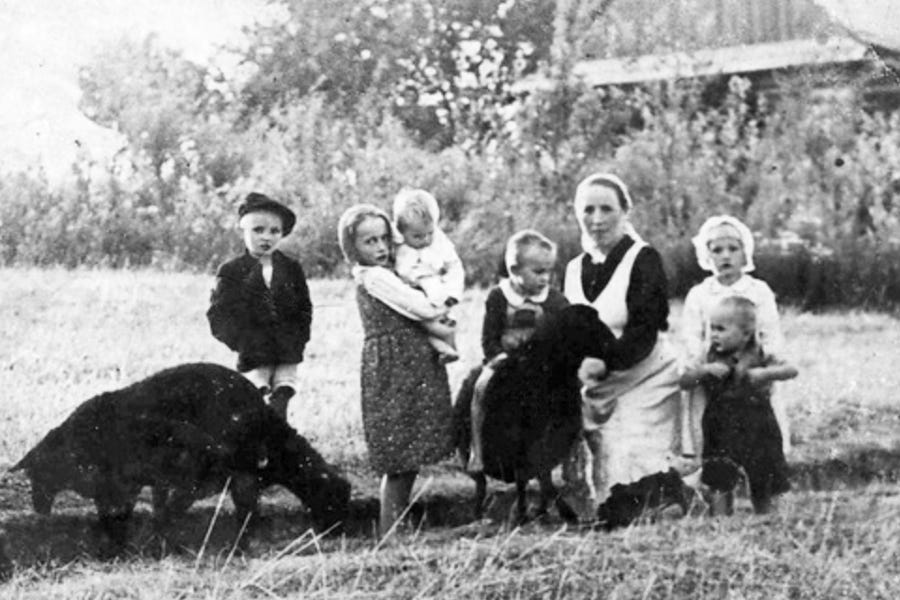Here's what’s special about the Ulma family beatification
On Sunday, nine members of a single family will be beatified, but that's not the only reason their case is special
On Sunday, Sept. 10, Vatican Cardinal Marcello Semeraro will preside over the beatification of nine members of a single family.

It’s widely believed that this will be the first time that a whole family has been raised to the altars at one time.
But that…
